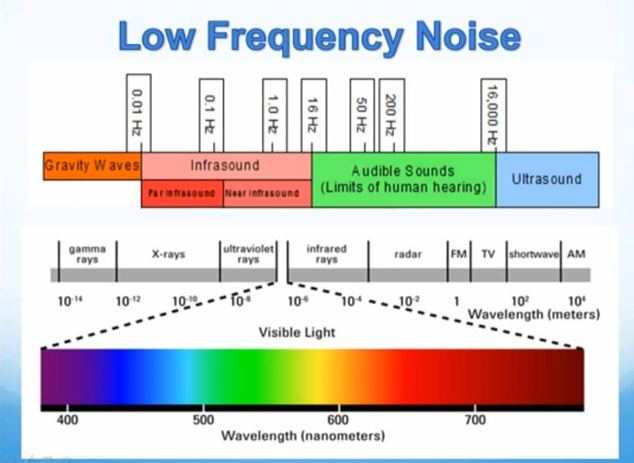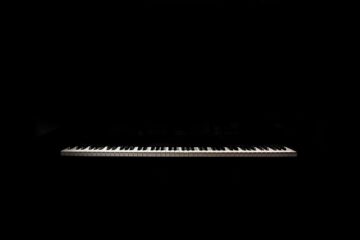Discover how piano frequencies influence your brain and emotions. Explore how different notes can shape mood, focus, and mental health. Ever hear a piano note that instantly calms your racing thoughts? Or a melody that makes your heart feel light and lifted? That’s not just music doing its magic—it’s piano frequency psychology at play.
Piano notes aren’t just sounds. Each key vibrates at a unique frequency. These frequencies affect how we think, feel, and even how our body responds. So yes, notes can absolutely change your mood—and once you understand how, you’ll never hear music the same way again.
Let’s dive into the science, emotion, and power behind piano frequencies.
What Are Piano Frequencies?
The Invisible Force Behind Every Note
When you press a piano key, you’re not just creating music—you’re sending vibrations into the air. These vibrations, measured in Hertz (Hz), are what we call piano frequencies.
For example, the note A4 (middle A) vibrates at 440 Hz. Lower notes vibrate more slowly and sound deeper. Higher notes vibrate faster and sound brighter. Each key carries a signature frequency—and your brain feels those frequencies more than you realize.
These invisible waves affect your mood in ways that words sometimes can’t.
How Piano Frequencies Work
From Hammer to Heartbeat
Let’s break it down.
When a piano hammer hits a string, it creates a vibration. That vibration moves through the piano’s body, into the air, and eventually to your ears. But your ears don’t just “hear” it—your brain and body react to it.
This reaction is why you feel a shiver from deep notes or a rush of energy from sharp, high tones. It’s not just emotional—it’s physical. Piano frequencies have the power to:
- Slow your heartbeat
- Change your breathing
- Trigger dopamine release
- Regulate brainwaves
It’s like your whole system is in conversation with the notes. And each note speaks a different emotional language.
Why Mood and Frequency Are Connected
The Science Behind the Feeling
Here’s where piano frequency psychology gets fascinating.
The human brain loves patterns and rhythm, and it naturally syncs with sound vibrations. This phenomenon is called entrainment. When exposed to specific frequencies, your brain starts to mimic them.
For instance:
- Low frequencies (40–100 Hz): Calm the mind, relax muscles
- Mid frequencies (200–500 Hz): Balance emotions, ease anxiety
- High frequencies (700–1000+ Hz): Energize, spark creativity, increase focus
Music isn’t just background noise—it’s an emotional compass, directing your thoughts and feelings.

Benefits of Piano Frequencies
1. Emotional Relief
Ever cried to a piano ballad or felt joy through a hopeful melody? Piano frequencies dive deep into your limbic system, the emotional center of the brain. Certain frequencies (especially 432 Hz and 528 Hz) are said to promote inner peace, empathy, and even self-love.
Therapists use these in music therapy sessions to help clients release tension, anxiety, and trauma.
2. Improved Focus and Mental Clarity
Working on a big task? High-frequency piano notes can stimulate the prefrontal cortex—the part of your brain responsible for logic and decision-making.
Try listening to bright, fast classical piano pieces. Mozart and Bach are especially known for helping boost concentration.
3. Better Sleep
Soothing piano frequencies (especially under 60 Hz) mimic delta brain waves, which are connected to deep sleep. Soft piano compositions with slow rhythms can help you wind down and fall asleep faster—no pills needed.
4. Physical Healing
Some studies suggest that consistent exposure to harmonious frequencies can help regulate blood pressure, heart rate, and reduce inflammation. While more research is ongoing, many believe piano tones can aid in mind-body balance.
5. Boosted Creativity
Need inspiration? Frequencies between 600–800 Hz can stimulate right-brain activity, which controls imagination and innovation. Many artists use these frequencies to enter a creative flow.
The Role of Tuning in Piano Frequencies
Standard vs. Alternative Tunings
Most pianos today are tuned to 440 Hz as the standard. But some musicians and therapists argue that 432 Hz is more “natural” and healing.
Why?
Because 432 Hz is believed to resonate better with the Earth’s frequency and our biological rhythms. Music tuned to 432 Hz is said to feel more harmonious and grounded.
Try it yourself—listen to the same song in both tunings. You might be surprised by how different they feel, even if the melody is the same.

Harmonics: The Emotional Layers of Piano Sound
What You Don’t Hear Still Affects You
When you play a note, you hear the fundamental tone. But layered within it are harmonics—higher, softer frequencies that give each note its richness.
These harmonics are why a piano sounds emotional, even when playing a single note. They’re also why the same note on two different pianos can feel completely different.
This rich texture of sound is part of what makes piano frequencies so emotionally powerful.
Can You Use Piano Frequencies to Change Your Mood?
Yes—and Here’s How
Understanding piano frequency psychology gives you the power to use music intentionally.
Here are a few simple ways:
1. Mood-Based Playlists
- Feeling anxious? Try low, slow piano tracks in D minor (known as the “sad” key).
- Need energy? Bright, upbeat songs in C major with lots of high notes can help.
- Need to focus? Mid-range repetitive patterns help calm distraction.
2. Try 432 Hz Music
Search for piano compositions tuned to 432 Hz. These can be more soothing than standard 440 Hz, especially for meditation or journaling.
3. Daily Listening Rituals
Take 10 minutes daily to listen to solo piano music. Let yourself feel each frequency. Reflect on how your body and emotions respond.
Real-Life Example: The Power of a Single Note
I once sat down at an old upright piano in a friend’s living room. It was out of tune, a bit scratchy—but I hit one low A key, and everything shifted. A strange calm came over me. It wasn’t the melody. It wasn’t the setting. It was the frequency of that single note, vibrating through the wooden floor, right into my chest.
That’s when I realized—music doesn’t just entertain. It heals. It balances. It speaks, even in silence.
Final Thoughts: Listen With Intention

Piano frequency psychology proves that music is more than an art—it’s a tool for wellness. Whether playing piano, listening in the background, or deep-diving into music therapy, your body and brain are always tuning in.
So next time you hear a piano, pause.
Ask yourself—how does this note make me feel? Because beneath the beauty lies a science that speaks directly to your soul.
Call to Action
🎧 Try listening to piano music at different frequencies today. Notice what changes in your mood or focus. Share your experience in the comments below—and let’s start tuning into ourselves, one note at a time. Read More…>>>



0 Comments